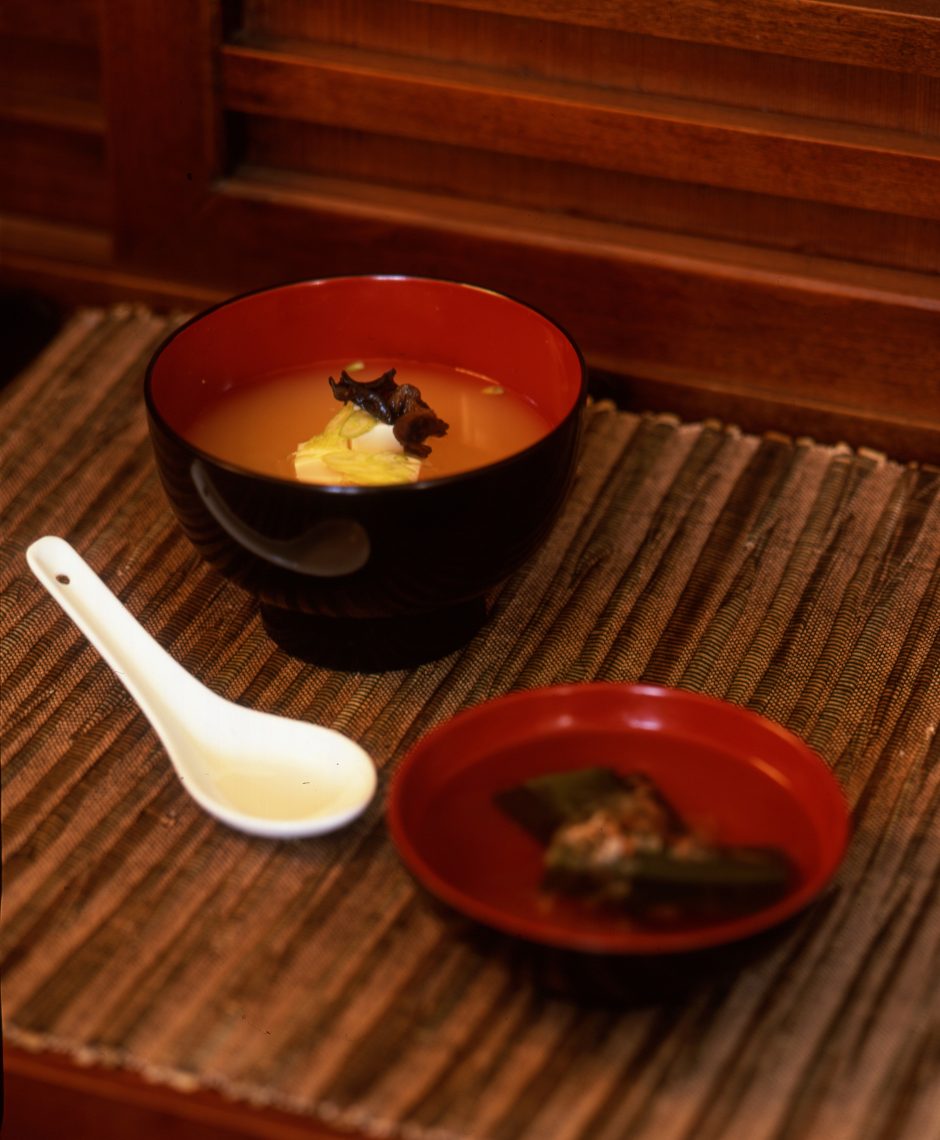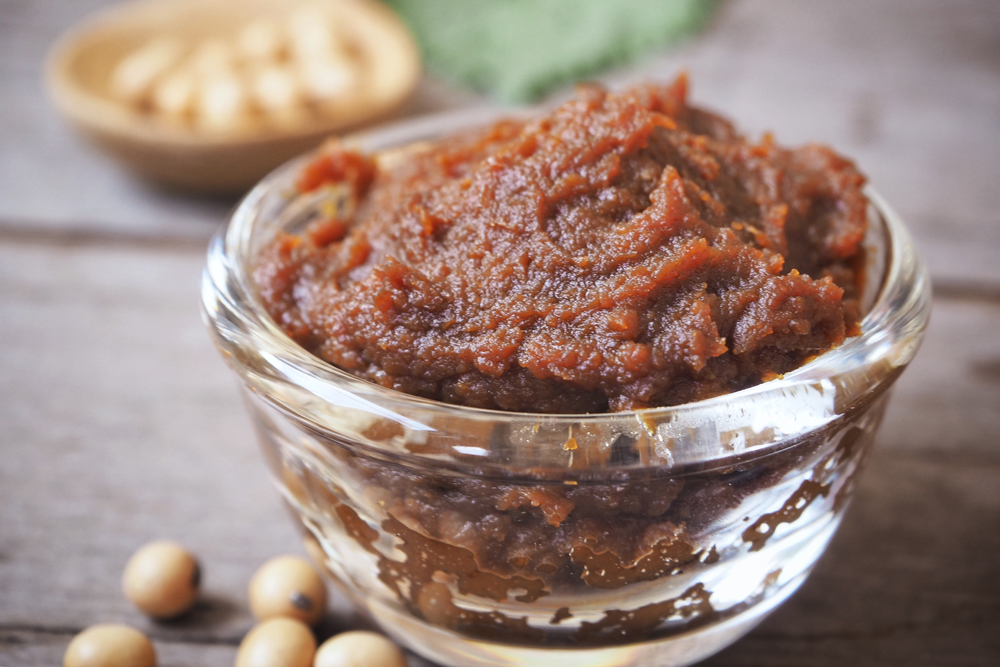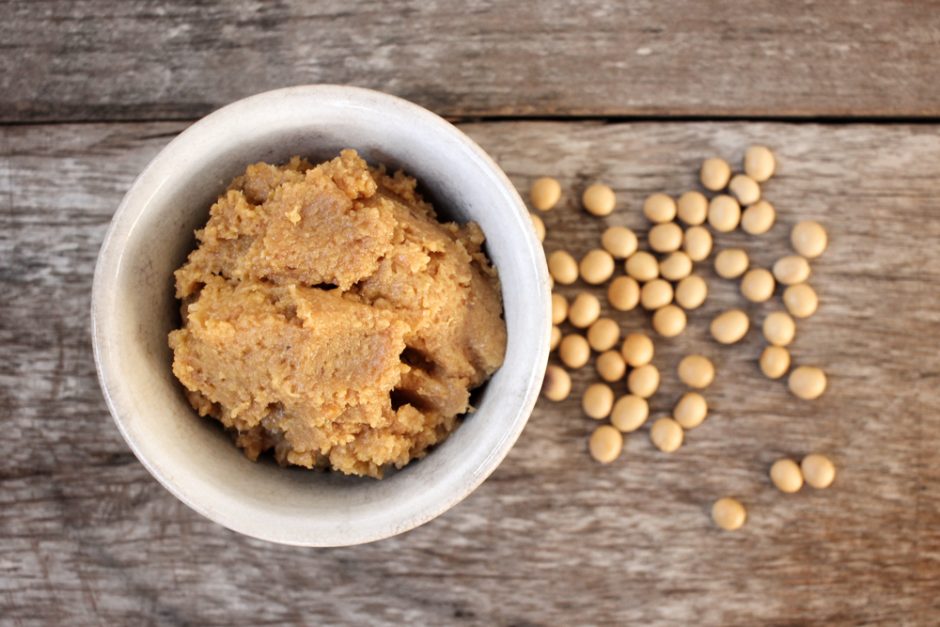Perk Up with 6 Tasteful Malaysian Drinks
Lighten your mood and rejuvenate your senses with 6 must-try Malaysian drinks!
Discover the authentic in Asian cuisine food



Miso paste is a tasty, salty, nutrition-packed ingredient found in some of your favourite Japanese dishes. But did you know about all the different varieties available to you? When you’re looking for that touch of salty deliciousness there’s a whole world of umami flavours for you to try!
There’s a range of ways to categorise miso and we’ll work through them, but the easiest and simplest is by its base ingredient.
Kome miso is the most common and popular varietal, and is made by mixing soybeans, rice koji and salt. Kome miso accounts for about 80% of the total miso production in Japan, while mugi miso is a barley-based miso with a sweet, mellow flavour and a light colour and is also known as inaka miso or “country miso”.
Then there’s mame miso, a soy-based miso with a bitter, rich taste and a dark red colour and the delightfully name chogo miso, a blended miso seasoned with different flavourings.
If you’re a more visual person, you can categorise your miso by colour. The miso spectrum ranges from a light, buttery cream to a dark brown almost black.
Shiro Miso (white miso) has a light-cream colour and a sweet taste thanks to a shorter immersion period of the soybeans during manufacture. If you’re more of a fan of peanut butter, then tanshoku Miso might be your go. This miso has a golden brown colour and a nuttier flavour.
Aka Miso is the darkest shade of miso. It has a strong salty taste thanks to the long time the soybeans are immersed for while the high temperature steaming during its production leads to its dark colour.
If flavour is the sole definer of your choice, well there’s a miso category for you too! Amakuchi miso is what we call sweet miso, while karakuchi miso covers the salty side of things.
And like fine wine or whisky, you can also sort your miso by the region it’s made in! Different regions of Japan specialise in different types of miso just like France and wine or Scotland and Whisky.
Shinshu Miso is made in the Nagano prefecture, a beautiful, mountainous place famous for hosting the Winter Olympics in 1998. The miso from here is the most popular miso in Japan. Around 40% of Japan’s total miso production originates here.
The Kansai – or Kinki – region lies in the southern part of Japan’s main island of Honshu and is home to the city of Osaka. Kansai miso, also known as Saikyo Miso, uses peeled soybean and polished rice and a short fermentation time, which gives the miso its light colour.
Kyushu – literally translates to nine provinces – is the third largest of Japan’s islands, with the biggest city being Fukuoka. The mugi miso from here is fermented for a shorter period because of the warmer climate.
Seaside mame miso – sometimes known as nagoya miso or sanshu, is as delicious and rich as any mame miso you’ll find, while Hokkaido miso from Japan’s far north is a red, salty rice paste, perfect for a steaming hot pot.
So as you can see, there’s a whole bunch of different misos and a whole range of ways to categorise them! Hopefully next time you’re shopping for miso, you’ll have more of an idea what you’re buying and where it’s from!

Lighten your mood and rejuvenate your senses with 6 must-try Malaysian drinks!

Pair your hearty barbecues with these refreshing Asian delights!

What are the properties of ginger, and how to pick, store and use ginger in your cooking? Find out here!